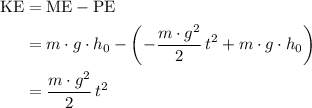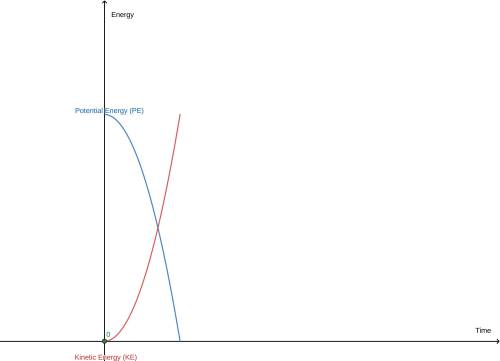 2
2 To determine the exponential growth of Michelle's tree at 12 years, taking into account that it measures 7 feet and grows 14% annually, the following calculation must be performed:
X = 7 x (1 + 0.14) 12
X = 33.7
Thus, in 12 years, the height of Michelle's tree will be 33.7 feet. In turn, the tree of Tara will measure 58 feet at the same time.
The first time Michelle's tree surpasses Tara's will be at age 20, when Michelle's tree will measure 96.2 feet (X = 7 x (1 + 0.14) 20), while Tara's tree will measure 90 feet.
 2
2 To determine the exponential growth of Michelle's tree at 12 years, taking into account that it measures 7 feet and grows 14% annually, the following calculation must be performed:
X = 7 x (1 + 0.14) 12
X = 33.7
Thus, in 12 years, the height of Michelle's tree will be 33.7 feet. In turn, the tree of Tara will measure 58 feet at the same time.
The first time Michelle's tree surpasses Tara's will be at age 20, when Michelle's tree will measure 96.2 feet (X = 7 x (1 + 0.14) 20), while Tara's tree will measure 90 feet.
 1
1 Refer to the attachment for the graph. The shape of both functions should resemble part of a parabola. Assumption: air resistance on the car is negligible.
Explanation:
The toy car started with a large amount of (gravitational) potential energy (PE) when it is at the top of the tree. Since it wasn't moving (as it was within Michelle's grip,) its kinetic energy (KE) would be equal to zero.As the car falls to the ground, its PE converts to KE.When the car was about to reach the ground, its PE is almost zero, while its KE is at its maximum.PE of the car over timeThe size of gravitational PE depends on both the mass and the height of the object. In this case, assume that the mass of the car stayed the same, PE should be proportional to the height of the car.
Assume that air resistance on the car is negligible. The height  of the car at time
of the car at time  could be found with the equation:
could be found with the equation:
 ,
,
where
 near the surface of the earth, and
near the surface of the earth, and is the initial height of the car.
is the initial height of the car.On the other hand,  .
.
In other words, plotting the gravitational PE of the car against time would give a parabola. Since  (the quadratic coefficient is smaller than zero,) the parabola should open downwards. Besides, since at
(the quadratic coefficient is smaller than zero,) the parabola should open downwards. Besides, since at  the initial GPE is positive, the
the initial GPE is positive, the  -intercept of this parabola should also be positive.
-intercept of this parabola should also be positive.
Assume that the air resistance on the car is negligible. The mechanical energy (ME) of the toy car should conserve (stay the same.) The mechanical energy of an object is the sum of its PE and KE. The PE of the toy car has already been found as a function of time. Therefore, simply subtract the expression of PE from mechanical energy to find an expression for KE.
To find the value of mechanical energy, consider the PE of the toy car before it was dropped. Since initially KE was equal to zero, the mechanical energy of the toy car would be equal to its initial PE. That's  . If there's no air resistance, the value of ME would stay at
. If there's no air resistance, the value of ME would stay at
Subtract PE from ME to obtain an expression for KE:
 .
.
That's also a parabola when plotted against  . Note that since the quadratic coefficient
. Note that since the quadratic coefficient  is positive, the parabola shall open upwards.
is positive, the parabola shall open upwards.

 72
72  72
72  7
7  6
6  7
7  6
6  16
16 Explanation:
Branch out, with the phrasal, means to expand in a figurative meaning.
For example: My company is branching out to South America.

It will provide an instant answer!
